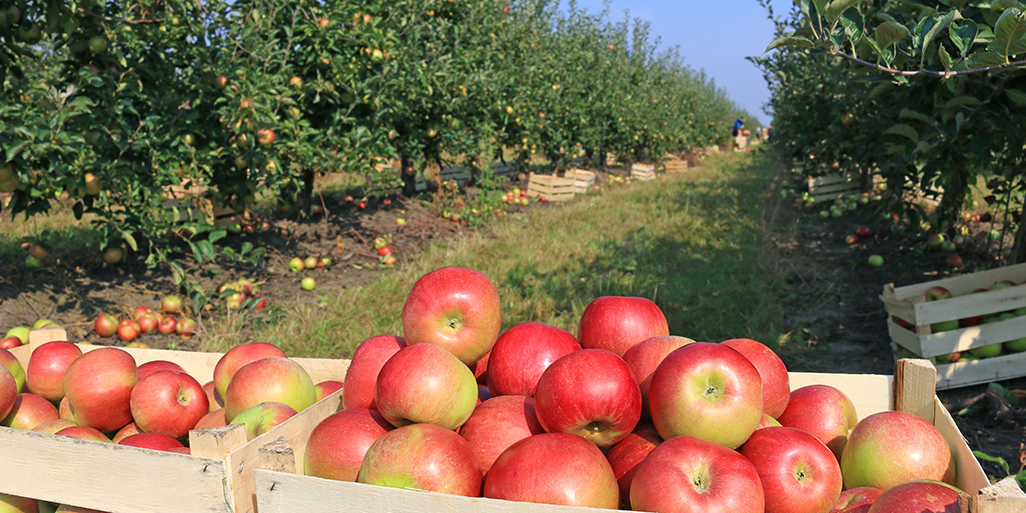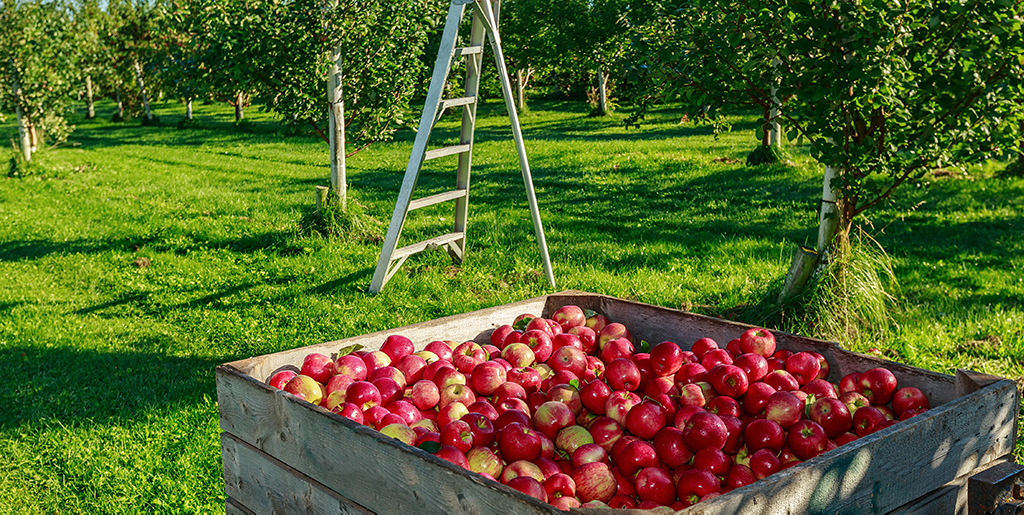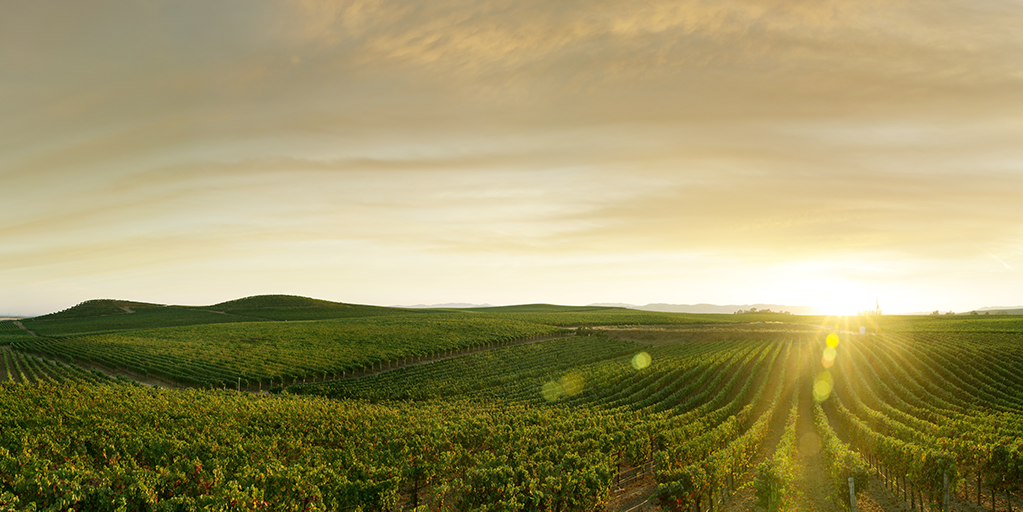
Croptracker is always growing: let's take a look at some of our new features this month.

A seasoned and experienced orchard manager once said the following about the apple harvest:
We can’t put them back on the tree once they’ve been picked."

Harvest Quality Vision is here, and it is revolutionizing harvest and quality control for apple growers around the world.

Keeping ahead of the curve with Croptracker's Top Ten Weather Apps for Farmers.
Let our expert staff walk you through the Croptracker system, and answer any questions you have.
We are here to help.